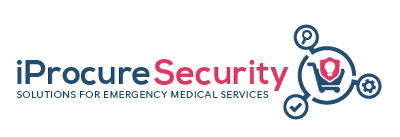483Terms
Help to improve our database
We are continuously collecting common terms used by the Emergency Medical Services practitioners across Europe. Help us improve our content and fill out the online form. If you are not able to find what you are looking for, please let us know by sending us a message through our contact page.
Your feedback is important for us and it will be fed into our Database for the EMS glossary.
Add new EMS termTo unify the communication and knowledge exchange between the emergency medical teams across Europe iProcureSecurity seeks to translate the identified EMS terms in all consortium languages.
That is why the project encourages everyone willing to contribute, to suggest and add missing terminology translation.
Add new translationiProcureSecurity Glossary
"Lean," is a practice that considers the expenditure of resources for any goal other than the creation of value for the end customer to be wasteful, and thus a target for elimination.
Laws, the legal system, and the practical interpretation of laws.
The average period that a person may expect to live.
an artificial or natural system that provides all or some of the items (such as oxygen, food, water, control of temperature and pressure, disposition of carbon dioxide and body wastes) necessary for maintaining the life or health of patients who are very ill, and might have unstable vital signs outside the normal limits
An approach to calculating costs which includes all costs arising during the life-cycle of a good, service or work (the purchase price and all associated costs, including operating and end-of-life costs). This may also include costs assigned to externalities such as greenhouse gas emissions.
A life-saving drug, operation, or action is one that saves someone's life or is likely to save their life
Acute injury or illness that poses an immediate risk to a person's life or long-term health, sometimes referred to as a situation risking "life or limb".
"Patient lifer systems are designed to make patient transfers safer. They’re important tools in both home and professional care settings, and contribute to patient dignity, comfort, and safety.
A living lab, or living laboratory, is a research concept, which may be defined as a user-centered, iterative, open-innovation ecosystem, often operating in a territorial context (e.g. city, agglomeration, region or campus), integrating concurrent research and innovation processes within a public-private-people
The management of the flow of resources between the point of origin and the point of consumption, including, but not limited to: – requisitioning, ordering, despatch, receipting, storage and handling, distribution; payment; disposal.

